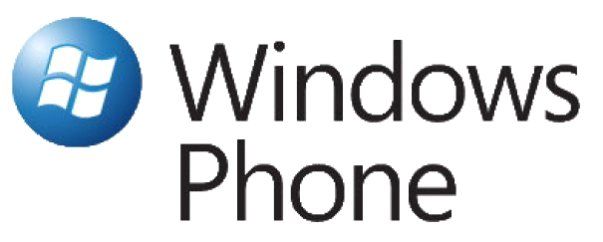Launchers and Choosers:
- Study the presentation 9.3
Launchers and Choosers or Chapter 9.3
from BlueBook
and analyse corelated code examples: 01_Email_JotPad
, 02_PictureDisplay.
- Based on above guidance, create an
application demonstrating the possibilities of launching build-in
Windows Phone resources/aplications which may display a webpage, start
a phone call, read Contacts or Calendar data.
Upload developed Windows Phone
application to Marketplace:
- Create your individual developer account on Dev Center with Windows Live ID
(Activation Code can be obtained from lab instructor)
- Use instructions from last chapter of BlueBook: "Windows
Phone Marketplace"
to prepare one of your applications for distribution (performance
analysis,
creating XAP file, creation of application tiles and artwork,
Marketplace approval testing)
- Finalize application
submission and approval process
by sending the link (to your
Marketplace distribution) to laboratory instructor.
|
